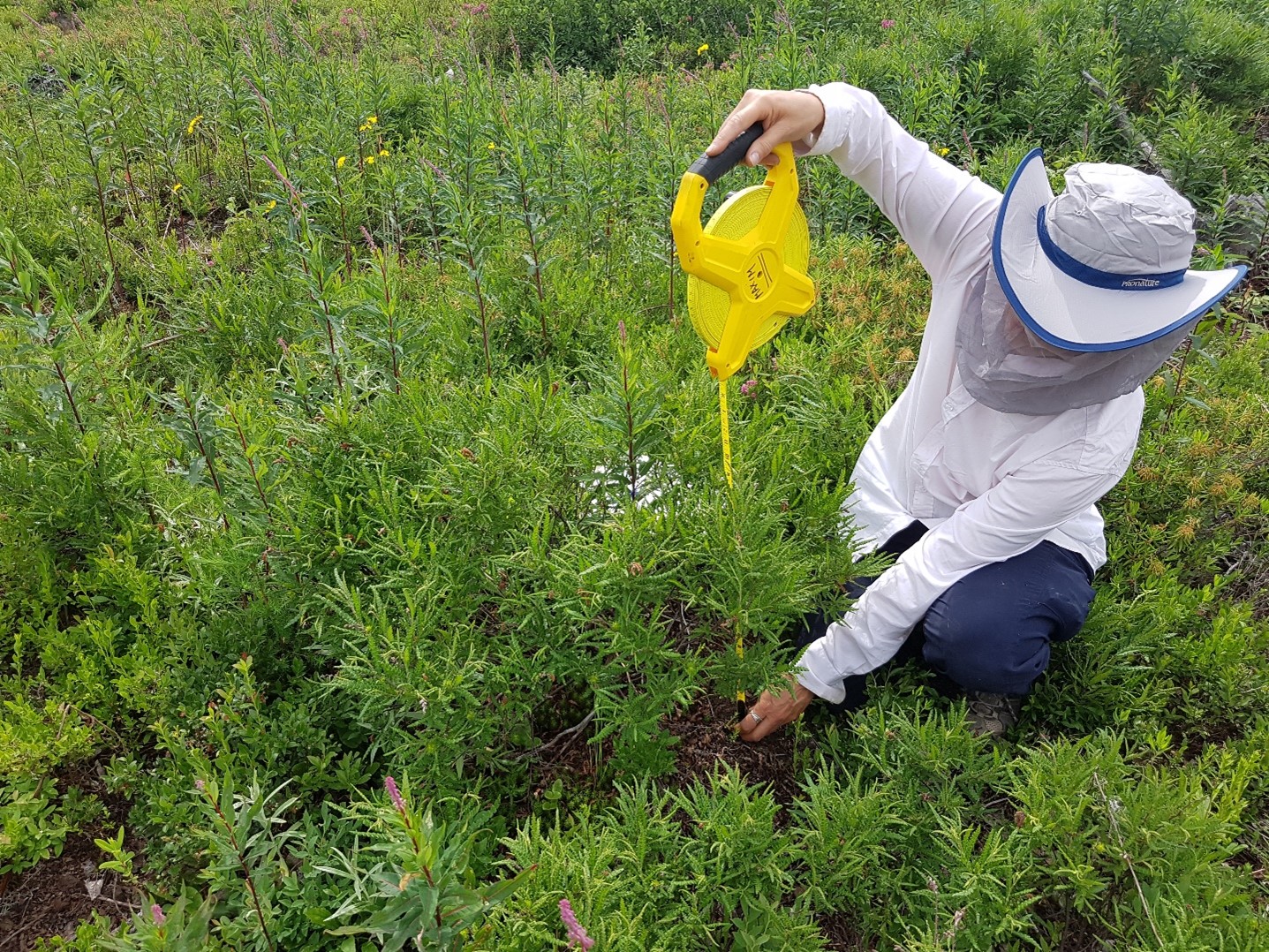Although this habitat is rather unusual for the organisms of the fungi kingdom, the St. Lawrence River waters have the potential to host previously unsuspected species of fungi. As part of the Odyssée Saint-Laurent 2020 research program, Biopterre launched a first identification and characterization survey of marine filamentous fungi in the estuary from the laboratory ship Le Lampsilis.


This research and development project began in the summer of 2020 and it will allow Biopterre and its partners to increase their knowledge of this exceptional riverine system through investigations of its fungal organisms. Since their habitat presents difficult conditions—the estuary is characterized by high osmotic pressure and pH—marine fungi are prone to produce high value-added molecules under unusual conditions to be able to thrive in such conditions. For example, the adaptation of proteins of interest, such as ligninases and hydrophobins, to the marine environment could allow their use in new and innovative biotechnological processes. Indeed, the discovery of proteins produced by marine fungi adapted to the physicochemical conditions of the St. Lawrence River estuary could lead to important mycotechnological innovations, such as contaminant degradation in residual materials or the mycoremediation of certain pollutants.


To carry out this project, Biopterre is surrounded by several research partners, including the Réseau Québec maritime, Merinov and the Université du Québec à Rimouski, as well as professors and students of the bioecology techniques program from the Cégep de La Pocatière, who are involved in data collection and analysis.
For more information on the project, please to contact Mr. Pierre Bouchard, Research Professional, or Ms. Marilee Thiffault, Mycotechnologies Technician at Biopterre.







